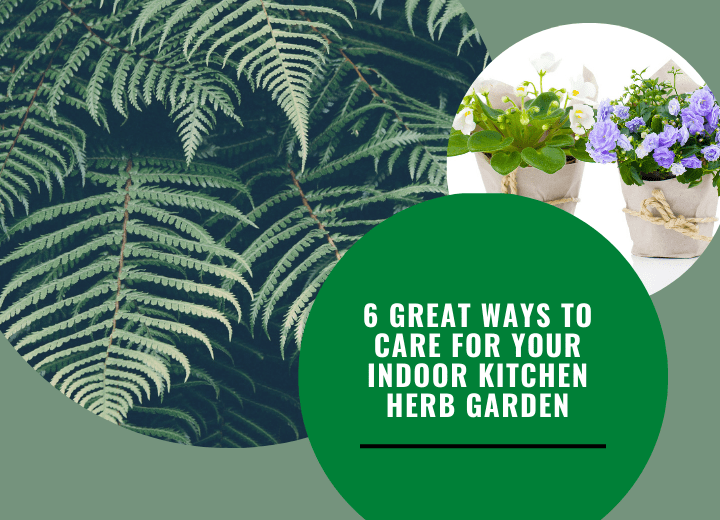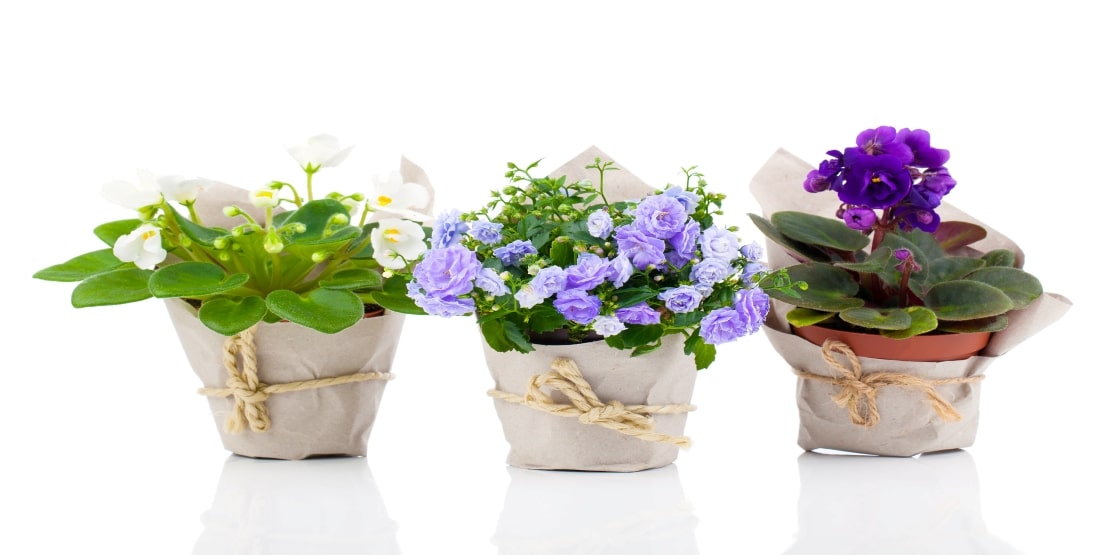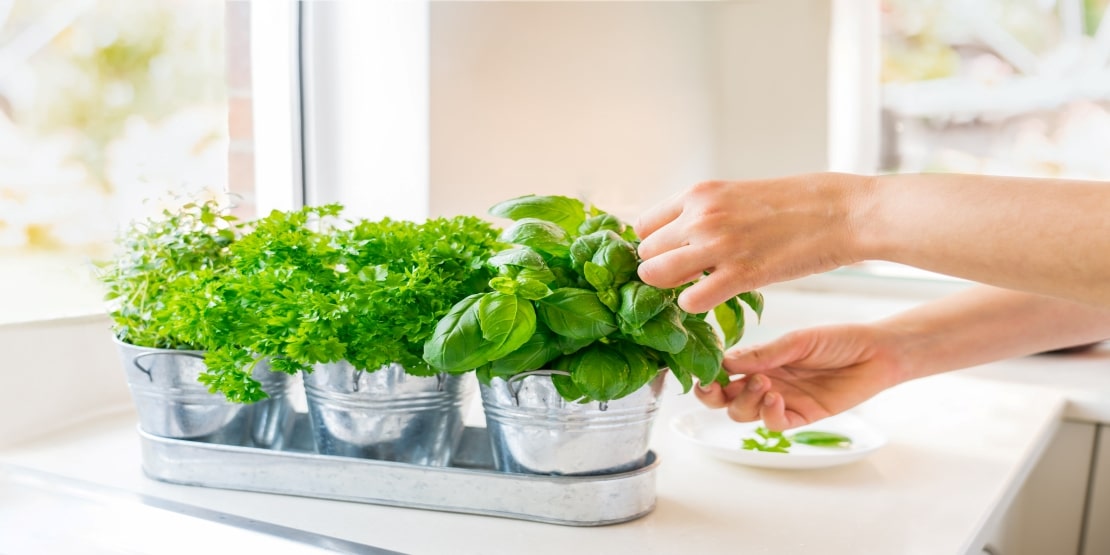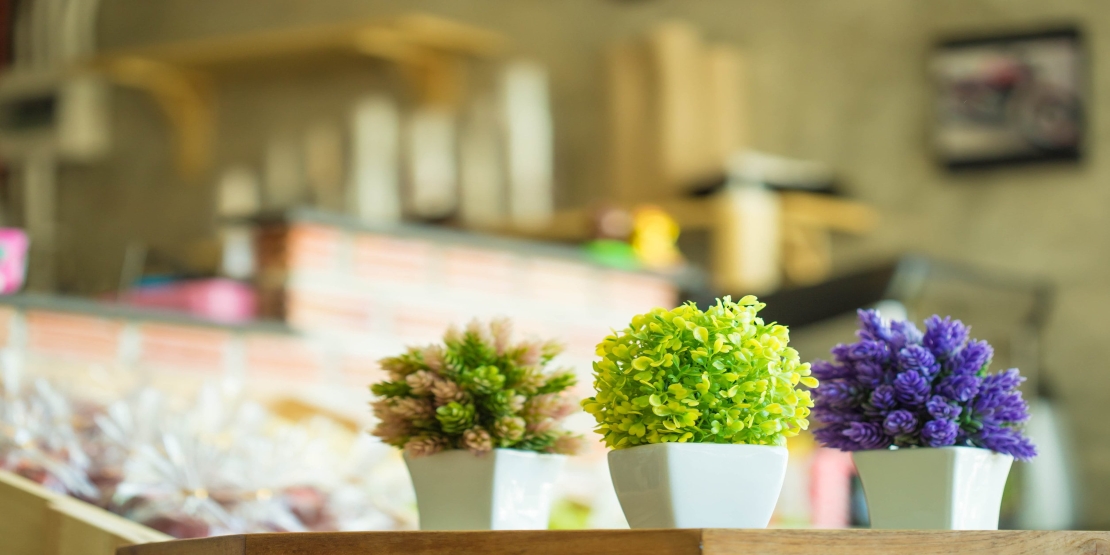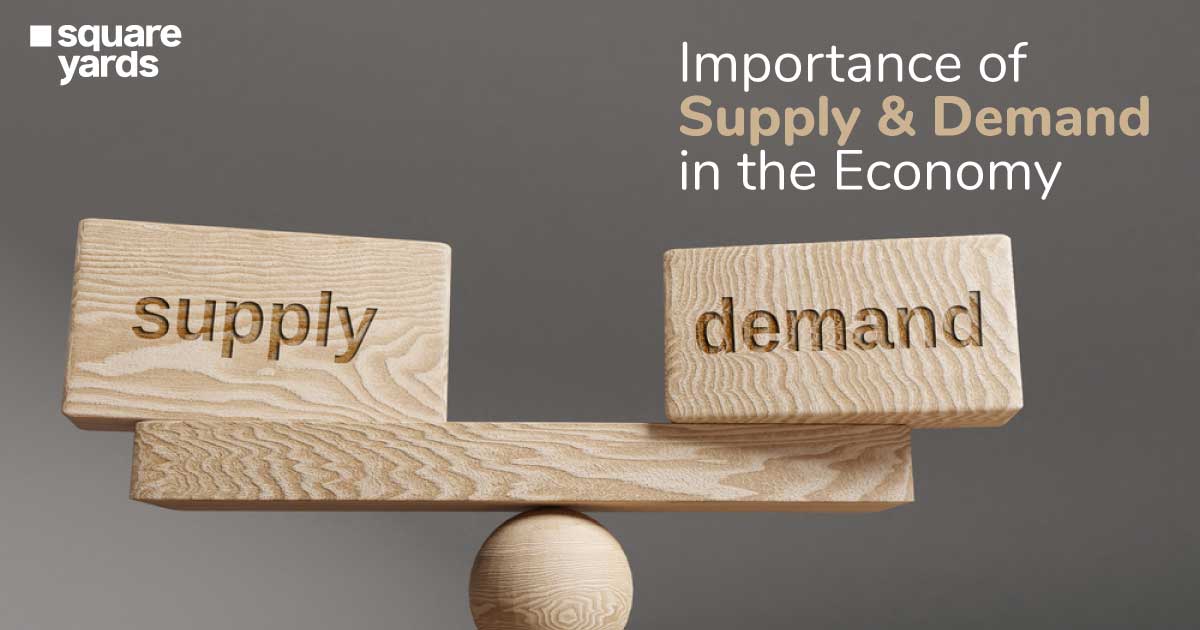The act of planting is an experience in itself. If you’ve decided to set up an indoor kitchen herb garden, scroll down to get some helpful tips
Indoor kitchen gardening is getting increasingly popular in Canada. If you’re active on social media, more specifically on Instagram, you must have seen tons of stories on online plant subscription services already. While digital algorithms are constantly changing, indoor kitchen herb garden are here to stay.
Plants bring great joy to one’s life as they’re known for reducing stress and can be extremely therapeutic. If you intend to have your own kitchen garden but aren’t sure how to get started, this blog is designed for you.
We’ve also listed a few indoor plant recommendations so you can make the most of your indoor gardening experience!
Indoor Kitchen Garden Care Tips
“Everyone ought to plant a tree in their lifetime.”
Lailah Gifty Akita
Fresh herbs are a brilliant way to make the food you cook stand out. They can spruce up the aroma and flavour of any dish. Herbs in general are easy to grow and smell amazing.
If you’ve decided to grow herbs in your kitchen, make sure you give them the right care. Here are some ways to nurture the growth of indoor gardens.
Simulate Outdoor Environment
The word ‘plants’ automatically makes you think of the great outdoors. That’s because they’re meant to be grown and appreciated there. But like everything else, plant growing has evolved too. Indoor gardening is just as fun for a lot of people.
It’s not a revelation that plants thrive when given an outdoor space. To be successful with indoor gardening, especially with herbs, outdoor simulation is the best trick. While potting and watering is easy, giving them the right amount of light, soil and temperature can get daunting. However, it’s not impossible. If your kitchen has a good light-filled corner, choose that space to grow your herbs.
Drainage is Essential
Most people growing herbs for the first time tend to go wrong with drainage. Poor drainage will ruin the plant before you know it.
Look for a plant pot that has a drainage hole in it. Then, place it on a tray to let excess water flow easily.
Also, if you wish to plant your herbs in a box (no matter which kind), we suggest you use a planter.Instead of planting your herbs directly in a box, use a planter as that makes drainage simpler.
Soil Makes all the Difference
Herbs require moist, well-drained and fertile soil to flourish. If you have an outdoor garden and are using the same soil for your kitchen herb garden, we’d recommend not to. As weird as it sounds, soil for indoor plants is different from the soil for outdoor plants. The indoor plant soil is formulated differently and is sterile, which keeps critters away.
Using the right amount of soil is essential for the roots to stay healthy. If possible add some liquid micro-nutrient fertilizer. It provides mineral-deficient with an apt soil balance to blossom.
Feeding and Watering
Soil and water go hand in hand when it comes to planting. With herb growing too, you should focus on keeping the soil moisture damp but not soggy. Since kitchen plants are indoors, they are more stressed than the plants outdoors. If they start drying out, they may never recover. Always remember to not over water them.
Light is Integral
Plants require light for photosynthesis. When you become a plant owner, it’s your time to put that knowledge to good use. A vital point to note is that glass expands the sun’s heat. So, if your kitchen plants herbs are placed too close to your kitchen window where the sunlight is flowing, chances are, their leaves will burn. The placement of plants is key. Ask someone who already has an indoor kitchen herb garden if you cannot wrap your head around it.
Harvesting Works like Magic
Harvesting is imperative for herbs to grow. Just like our hair, trimming nurtures the growth of plants.
While cutting, however, make sure you do not cut more than ⅓ of the plant. A pro tip is to remove flowers immediately after they appear.
Which Herbs to Grow in Kitchen? – 5 Incredible Suggestions
Canada’s cold weather is why most people give up on the idea of having an indoor kitchen garden. However, not all herbs can withstand the harsh weather in Canada, hence, we have a list of the four herbs to grow in the kitchen for you:
Parsley
Canadian parsley can grow up to 1 foot. It has two kinds – Italian flat-leaf and curly parsley. The Italian variant is better flavour wise and the curly one is recommended by some of the top chefs for garnish. The feather variant can be dried to use for a long period of time or used fresh.
Sage
Sage is a perennial herb with woody stems and greyish-green leaves. Planted the best in containers, sage herbs thrive in dry environments. To harvest them, you just have to pinch off their leaves and stems. They’re ideal for dry or fresh use.
Mint
Mint is a perennial herb that can withstand Canada’s weather and grow as tall as 2 feet. They come in several kinds and blossom even with container gardening. These kitchen herbs can boost your immune system and improve oral health. One of the major reasons why this herb is perfect for indoor gardening is that it has no limits on the number of harvests.
Lemon Balm
Known for its distinct flavour, this herb has flowers. However, the main flavour rests in its leaves. You can use this herb to make a refreshing lemon tea or to give a citrus flavour to roasted chicken.
Cilantro
Another one of the herbs that can grow up to 2-3 feet, you can enjoy coriander’s leaves and add them to various dishes, especially Indian curries. Remember, this herb needs a flat solid or harvest.
Commit and Cultivate!
The list of herbs you can grow is not limited to the ones we mentioned as the options are endless. However, if it’s your first time, we would suggest that you stick to the safe choices.
Indoor garden cultivation requires patience and through optimal efforts, the fruits of your labour will be packed of flavour. For more such articles, bookmark the blog section on our website. We are regular with our updates and are open to suggestions. From real estate to gardening, we can guide you on all things Canada!
FAQs
Yes, an indoor kitchen saves you from buying herbs from the store. The best part is that since you grow them on your own, they’re always fresh. They encourage you to quit takeout and cook in the kitchen. Herbs are used in a variety of dishes and allow you to experiment with new recipes.
Herbs require sunlight but it doesn’t necessarily mean direct sunlight. Indoor plants can thrive on both direct and indirect sunlight. But that can be a challenge during the winters. To overcome the challenge, place the herbs in the sunniest corner of your kitchen.
A nifty advantage of herbs is that they produce a strong smell that most bugs detest. But since they are indoor plants, there’s a chance for them to get bothered by some type of pest or bug just like a normal house plant could be. According to research, whiteflies and aphids tend to infest indoor plants the most.
Care for them enough and they will last a long time. The right temperature, water, light and time to time harvest is the best you can do for them.
Kitchen plants and herbs are prone to infections and diseases. Even if you put in your best efforts to take care of them, issues will pop up at some point. But don’t worry. There are many organic solutions and fungicides available in the market that keep your plants healthy. Use these solutions as soon as you spot signs of infection.

